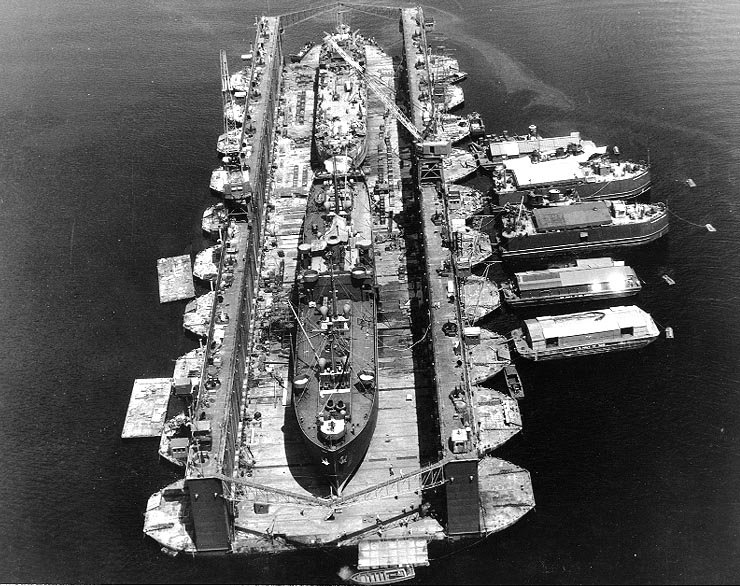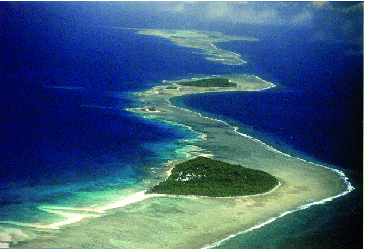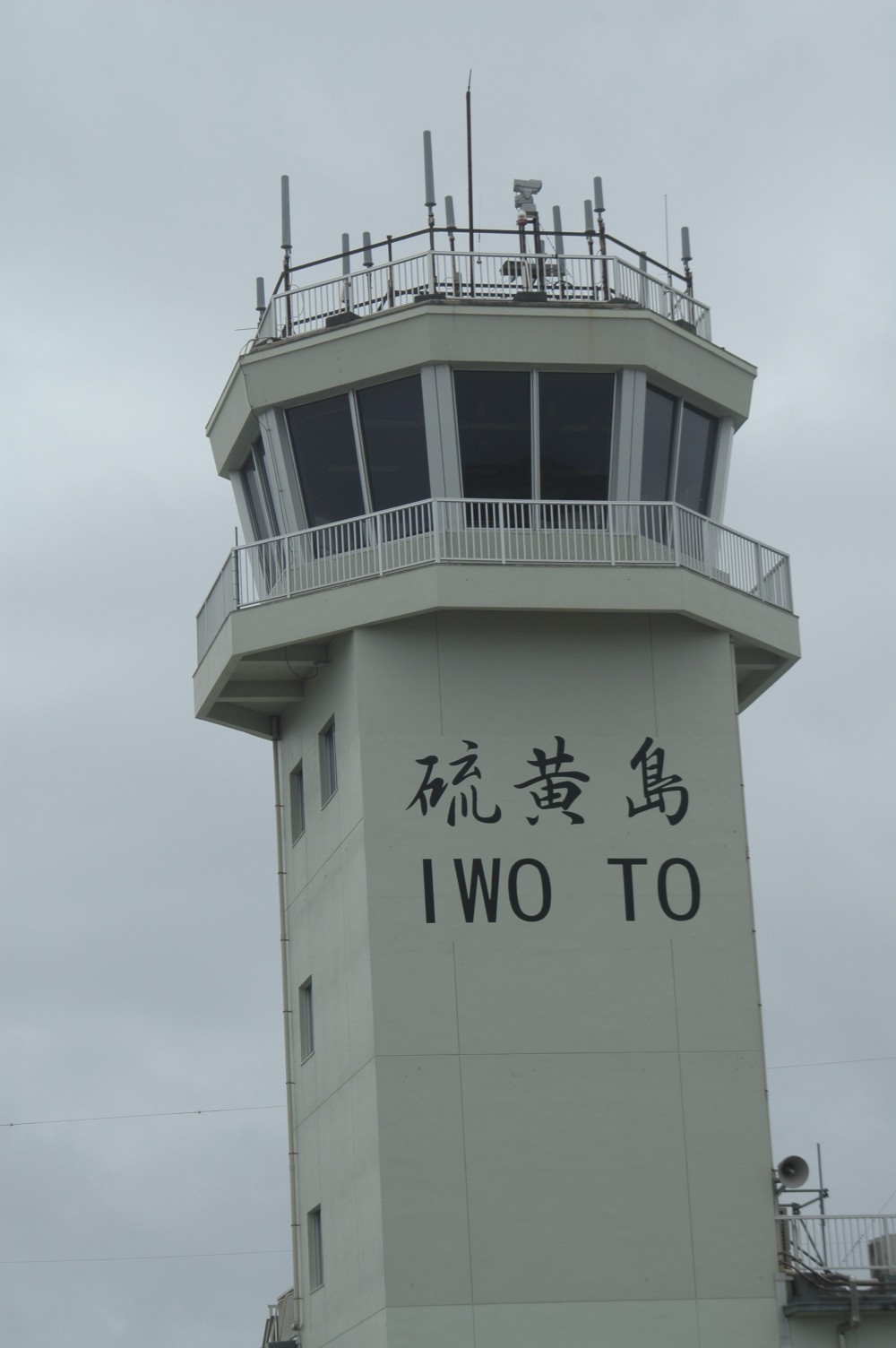|
USS Canotia (YN-66)
USS ''Canotia'' (AN-47/YN-66) was an which served with the U.S. Navy in the South Pacific Ocean theatre of operations during World War II. Her career was without major incident, and she returned home after the war bearing one battle star to her credit. Constructed in Everett, Washington ''Canotia'' (AN-47) was launched 4 July 1944 by Everett-Pacific Shipbuilding & Dry Dock Company, Everett, Washington; sponsored by Mrs. F. Schmitz; commissioned 31 July 1944 and reported to the U.S. Pacific Fleet. World War II service Pacific Ocean operations Canotia departed San Francisco, California, 6 October 1944 for Pearl Harbor, where she arrived 16 October. She provided target service to ships training at this great base until 5 February 1945, when she was outward bound for action waters. Arriving at Eniwetok 15 February, she reported for duty with the U.S. 5th Fleet, and sailed to Iwo Jima, where she had mooring and salvage duty from 28 February to 12 April. The first portion of this ... [...More Info...] [...Related Items...] OR: [Wikipedia] [Google] [Baidu] |
Everett-Pacific Shipbuilding & Dry Dock Company
Everett-Pacific Shipbuilding & Dry Dock Company was established in 1942 to build ships needed for World War II. Yard construction began on 1 March 1942. As part of the Emergency Shipbuilding Program the US Navy provided some of the capital to start Everett-Pacific Shipbuilding at Port Gardner Bay in Everett, Washington. Everett-Pacific was sold in 1945 to the Pacific Car and Foundry, who was already a major manufacturer of railcars and trucks. Pacific Car and Foundry was building barges for the US Navy during World War II at plants in Renton, Seattle and Tacoma in the state of Washington. The lease for the shipyard in Everett, Washington ended in 1949 and the yard closed. Pacific Car and Foundry in 1972 changed its name to Paccar Inc. to reflect its major products. The Everett-Pacific shipyard site later became part of Western Gear, a heavy machinery manufacturer. in 1987 the shipyard became part of Naval Station Everett. Everett-Pacific Shipbuilding was started by William Pig ... [...More Info...] [...Related Items...] OR: [Wikipedia] [Google] [Baidu] |
Guam
Guam (; ch, Guåhan ) is an organized, unincorporated territory of the United States in the Micronesia subregion of the western Pacific Ocean. It is the westernmost point and territory of the United States (reckoned from the geographic center of the U.S.); its capital Hagåtña (144°45'00"E) lies further west than Melbourne, Australia (144°57'47"E). In Oceania, Guam is the largest and southernmost of the Mariana Islands and the largest island in Micronesia. Guam's capital is Hagåtña, and the most populous village is Dededo. People born on Guam are American citizens but have no vote in the United States presidential elections while residing on Guam and Guam delegates to the United States House of Representatives have no vote on the floor. Indigenous Guamanians are the Chamoru, historically known as the Chamorro, who are related to the Austronesian peoples of Indonesia, the Philippines, Malaysia, Taiwan, Micronesia, and Polynesia. As of 2022, Guam's population is 168, ... [...More Info...] [...Related Items...] OR: [Wikipedia] [Google] [Baidu] |
Ships Built By Everett-Pacific Shipbuilding & Dry Dock Company
A ship is a large watercraft that travels the world's oceans and other sufficiently deep waterways, carrying cargo or passengers, or in support of specialized missions, such as defense, research, and fishing. Ships are generally distinguished from boats, based on size, shape, load capacity, and purpose. Ships have supported exploration, trade, warfare, migration, colonization, and science. After the 15th century, new crops that had come from and to the Americas via the European seafarers significantly contributed to world population growth. Ship transport is responsible for the largest portion of world commerce. The word ''ship'' has meant, depending on the era and the context, either just a large vessel or specifically a ship-rigged sailing ship with three or more masts, each of which is square-rigged. As of 2016, there were more than 49,000 merchant ships, totaling almost 1.8 billion dead weight tons. Of these 28% were oil tankers, 43% were bulk carriers, and 13% were cont ... [...More Info...] [...Related Items...] OR: [Wikipedia] [Google] [Baidu] |
Kossol Roads
Kossol Roads is a large body of reef-enclosed water north of Babeldaob in northern Palau at .Kossol Roads at Pacific War Online Encyclopaedia Accessed 28 December 2021] Kossol Roads is also known as: Kossol Passage, Kawassak, Garaseg, Kanal von Kossol, Kossol Durchfahrt, Kossoi Passage, Kosusoru-suido, Toachel Ngkesol, Kawassak, and Ngkesol. At the outbreak of , Kossol Roads was under Japanese control. American forces seized it in September 1944, after which the used it as the location of a floating resupply and repair base and waypo ... [...More Info...] [...Related Items...] OR: [Wikipedia] [Google] [Baidu] |
Olimarao
Olimarao Atoll is an uninhabited atoll with a land area of 0.2 km2 in the State of Yap in the Federated States of Micronesia. It is located 36 kilometers northwest of Elato and 860 kilometers southeast of Yap island. Olimarao belongs administratively to Elato. Geography The atoll's surface is 11 km2 and it is roughly 5 km long and 3 km wide. The lagoon has a surface of about 6 km2 and two passages into it located in the southern fringes of the reef. Islands There are only two small islets (Motus) on the reef, with a total surface of 0.2 km2 (20 hectares): * Olimarao Island, located at the NE end of the reef is the largest * Falipi Island in the SW corner is only 2.4 ha in surface Both islands have coconut palms, among other vegetation, like ''Scaevola taccada'' bushes. Ecology The whole atoll is part of the ''Olimarao Conservation Area''. This zone is meant to protect the breeding places of sea turtles, coconut crabs and pelagic birds. See ... [...More Info...] [...Related Items...] OR: [Wikipedia] [Google] [Baidu] |
Lamotrek
Lamotrek is a coral atoll of three islands in the central Caroline Islands in the Pacific Ocean, and forms a legislative district in Yap State in the Federated States of Micronesia. The atoll is located approximately east of Elato. The population of Lamotrek was 373 in 2000, living on almost 1 km2. Geography The atoll is long northeast-southeast, and up to wide. Its total land area is only , but it encloses a lagoon of . Among the individual islets are the following: * Falaite (northwest) * Pugue (northeast) * Lamotrek (southeast) History Before European rule, Lamotrek was invaded by Ifalik during Mweoiush's reign, with aid from the Mailiyas. As with all of the Caroline Islands, sovereignty passed to the Empire of Germany in 1899. The island came under the control of the Empire of Japan after World War I, and was subsequently administered under the South Seas Mandate. Following World War II, the island came under the control of the United States of America and was ad ... [...More Info...] [...Related Items...] OR: [Wikipedia] [Google] [Baidu] |
Empire Of Japan
The also known as the Japanese Empire or Imperial Japan, was a historical nation-state and great power that existed from the Meiji Restoration in 1868 until the enactment of the post-World War II 1947 constitution and subsequent formation of modern Japan. It encompassed the Japanese archipelago and several colonies, protectorates, mandates, and other territories. Under the slogans of and following the Boshin War and restoration of power to the Emperor from the Shogun, Japan underwent a period of industrialization and militarization, the Meiji Restoration, which is often regarded as the fastest modernisation of any country to date. All of these aspects contributed to Japan's emergence as a great power and the establishment of a colonial empire following the First Sino-Japanese War, the Boxer Rebellion, the Russo-Japanese War, and World War I. Economic and political turmoil in the 1920s, including the Great Depression, led to the rise of militarism, nationa ... [...More Info...] [...Related Items...] OR: [Wikipedia] [Google] [Baidu] |
Prisoners Of War
A prisoner of war (POW) is a person who is held Captivity, captive by a belligerent power during or immediately after an armed conflict. The earliest recorded usage of the phrase "prisoner of war" dates back to 1610. Belligerents hold prisoners of war in custody for a range of legitimate and illegitimate reasons, such as isolating them from the enemy combatants still in the field (releasing and Repatriation, repatriating them in an orderly manner after hostilities), demonstrating military victory, punishing them, prosecuting them for war crimes, exploitation of labour, exploiting them for their labour, recruiting or even Conscription, conscripting them as their own combatants, collecting military and political intelligence from them, or Indoctrination, indoctrinating them in new political or religious beliefs. Ancient times For most of human history, depending on the culture of the victors, enemy fighters on the losing side in a battle who had surrendered and been taken as ... [...More Info...] [...Related Items...] OR: [Wikipedia] [Google] [Baidu] |
Caroline Islands
The Caroline Islands (or the Carolines) are a widely scattered archipelago of tiny islands in the western Pacific Ocean, to the north of New Guinea. Politically, they are divided between the Federated States of Micronesia (FSM) in the central and eastern parts of the group, and Palau at the extreme western end. Historically, this area was also called ''Nuevas Filipinas'' or New Philippines, because they were part of the Spanish East Indies and were governed from Manila in the Philippines. The Carolines are scattered across a distance of approximately 3,540 kilometers (2,200 miles), from the westernmost island, Tobi (island), Tobi, in Palau, to the easternmost island, Kosrae, a Administrative divisions of the Federated States of Micronesia, state of the FSM. Description The group consists of about 500 small coral islands, east of the Philippines, in the Pacific Ocean. The distance from Yap (one of the larger Caroline islands) to Manila is . Most of the islands are made up of ... [...More Info...] [...Related Items...] OR: [Wikipedia] [Google] [Baidu] |
Ulithi
Ulithi ( yap, Wulthiy, , or ) is an atoll in the Caroline Islands of the western Pacific Ocean, about east of Yap. Overview Ulithi consists of 40 islets totaling , surrounding a lagoon about long and up to wide—at one of the largest in the world. It is administered by the state of Yap in the Federated States of Micronesia. Ulithi's population was 773 in 2000. There are four inhabited islands on Ulithi Atoll. They are Falalop ( uli, Fl'aalop), Asor ''(Yasor)'', Mogmog ''(Mwagmwog)'', and Fedarai ''(Fedraey)''. Falalop is the most accessible with Ulithi Airport, a small resort hotel, store and one of three public high schools in Yap state. Mogmog is the seat of the high chief of Ulithi Atoll though each island has its own chief. Other important islands are Losiap ( uli, L'oosiyep), Sorlen ''(Sohl'oay)'', and Potangeras ''(Potoangroas)''. The atoll is in the westernmost of the Caroline Islands, southwest of Guam, east of the Philippines and south of Tokyo. It is a typ ... [...More Info...] [...Related Items...] OR: [Wikipedia] [Google] [Baidu] |
Iwo Jima
Iwo Jima (, also ), known in Japan as , is one of the Japanese Volcano Islands and lies south of the Bonin Islands. Together with other islands, they form the Ogasawara Archipelago. The highest point of Iwo Jima is Mount Suribachi at high. Although south of the metropolis of Tokyo on the mainland, this island of 21 km2 (8 square miles) is administered as part of the Ogasawara Subprefecture of Tokyo. Since July 1944, when all the civilians were forcibly evacuated, the island has had a military-only population. The island was the location of the Battle of Iwo Jima between February 1945 and March 1945. This engagement saw some of the fiercest fighting of the Pacific War, with each side suffering over 20,000 casualties in the battle. The island became globally recognized when Joe Rosenthal, of the Associated Press, published his photograph '' Raising the Flag on Iwo Jima'', taken on Mount Suribachi. The US military occupied Iwo Jima until 1968, when it was returned to ... [...More Info...] [...Related Items...] OR: [Wikipedia] [Google] [Baidu] |






